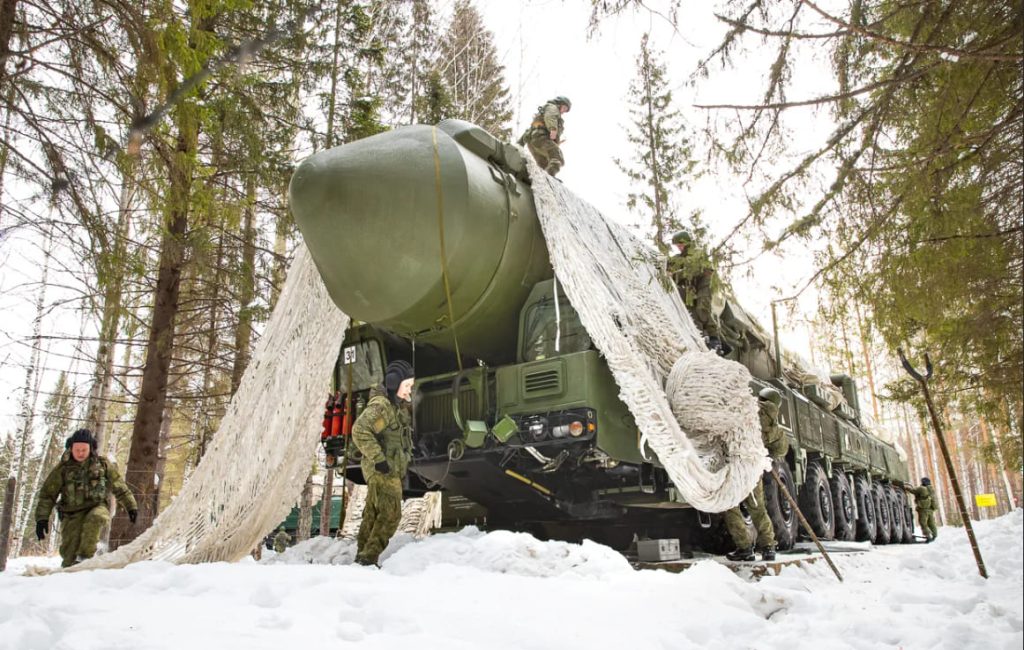The Evolution of the Topol-M Missile System
The development of the Topol-M, which began in the late 1980s as an upgraded version of the SS-25 missile, underwent significant transformations. It was initially redesigned in 1992 as the first missile designed and built by the Russian Federation, succeeding the Soviet design of the SS-25. The inaugural test launch took place in December 1994, with the first testing of the Transporter-Erector-Launcher (TEL) vehicle version nearly six years later.
The first Topol-M missiles entered service in 1997, housed within modified SS-19 silos. The deployment of the first missile regiment was declared operational in 1998, followed by a second in 1999, a third in 2000, and a fourth in 2003. The first road-mobile versions became operational in 2006.
Originally slated for a production run of 350 missiles, these numbers were subsequently reduced several times. In 2009, Russia announced the completion of Topol-M production, indicating that any future missiles produced would be designated as RS-24s, following a similar missile design.
After the implementation of the New START treaty, Russia possessed 15 road-mobile and 50 silo-based Topol-Ms. According to a 2013 U.S. report, there were approximately 80 operational missiles.
The Topol-M’s RV (Reentry Vehicle) is capable of executing evasive maneuvers as it approaches its target. It likely incorporates countermeasures and decoys to minimize the chances of interception by missile defenses. The missile is shielded against radiation, electromagnetic interference, and physical disturbances. Previous missiles could be disabled by detonating a nuclear warhead within ten kilometers, but the Topol-M is designed to withstand such disruptions.
Specifications
Reportedly, it is typically equipped with a 550 kT yield nuclear warhead, although an unconfirmed report suggests a yield of 1 MT has been achieved. The missile can carry up to six MIRV warheads and employs a Post-Boost Vehicle (PBV) system to deploy its warheads using a digital inertial navigation system with a GLONASS (Global Navigation Satellite System) receiver. It has a launch weight of 47,200 kg, a length of 21.9 m, a first-stage width of 1.95 m, a second-stage width of 1.61 m, and a third-stage width of 1.58 m.
Service History
In 2016, Russia had deployed 18 road-mobile Topol-M launchers, along with 60 more deployed in fixed silos.
The RS-24 (Yars) ICBM, although categorized by Russia as a distinct missile system, is sometimes classified as an SS-27 variant, often referred to as the SS-27 Mod 2.








